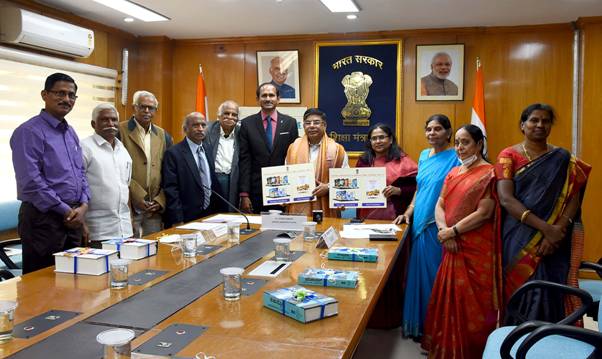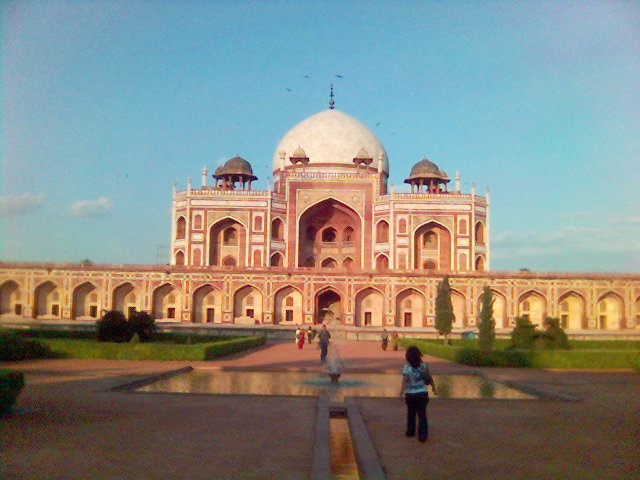Arunachal Pradesh Deputy Chief Minister Chowna Mein has urged the Centre to declare Tai Khamti-British War of 1839 as the first war of India’s independence against the British.
80 British soldiers, including the British agent Colonel Adam White, were killed by the Tai Khamtis in Tai Khamti-British War that took place in 1839.
Recently the Centre has refused to accept Odisha’s demand to declare Paika rebellion as the First War of Independence. Paika Rebellion took place from 1817 to 1825 in Odisha. Currently, the Revolt of 1857, known variously as First War of Independence and Sepoy Mutiny of 1857 is called the first war of independence against British Rule. The Revolt of 1857 shook the very foundation of the British Empire in India.
About Tai Khamti-British War of 1839
The Arunachal Deputy CM Chowna Mein also underscored the need to recognize battles between other communities of Arunachal Pradesh and the British. They include four Anglo-Abor wars fought by the Adis in 1858, 1859, 1894 and 1911 and the Wancho-British war, also known as ‘Ninu Massacre’, at Ninu in Tirap district in Arunachal Pradesh in 1875.
The Abors, now called Adis, live in the central part of the state, while the Wanchos inhabit the southern Arunachal Pradesh.
Today the population of Tai Khamti people is a little more than 1,00,000. They live in areas straddling Arunachal Pradesh and Assam. They follow Theravada Buddhism.







